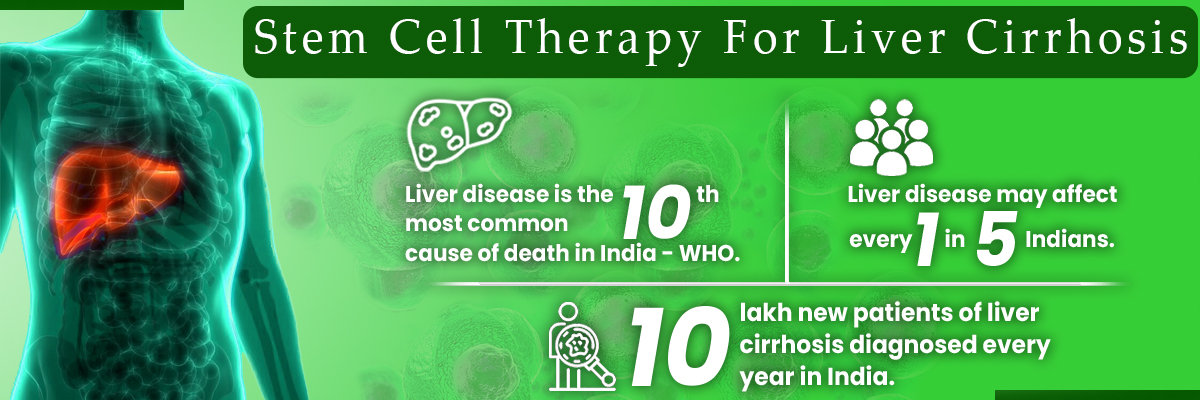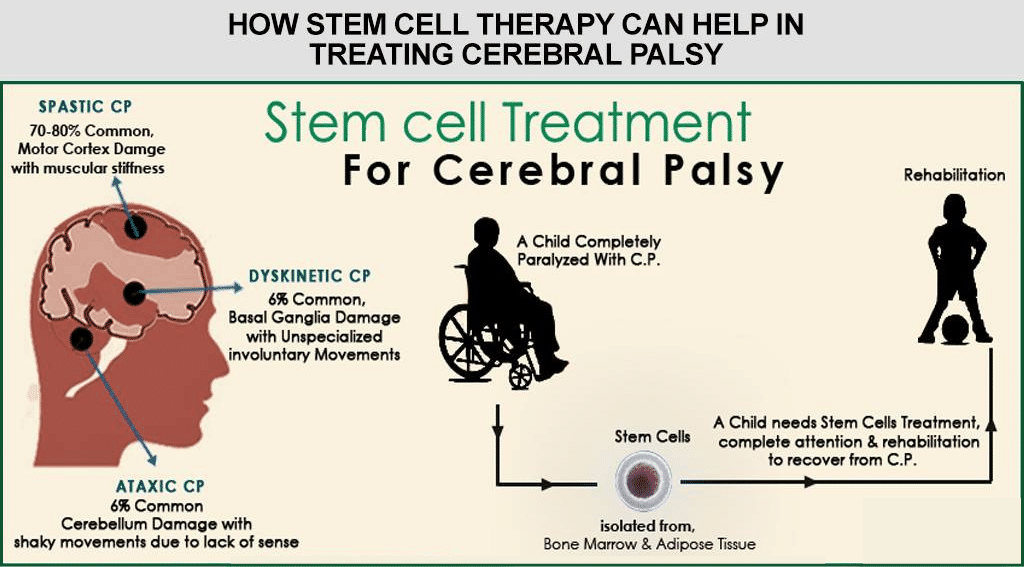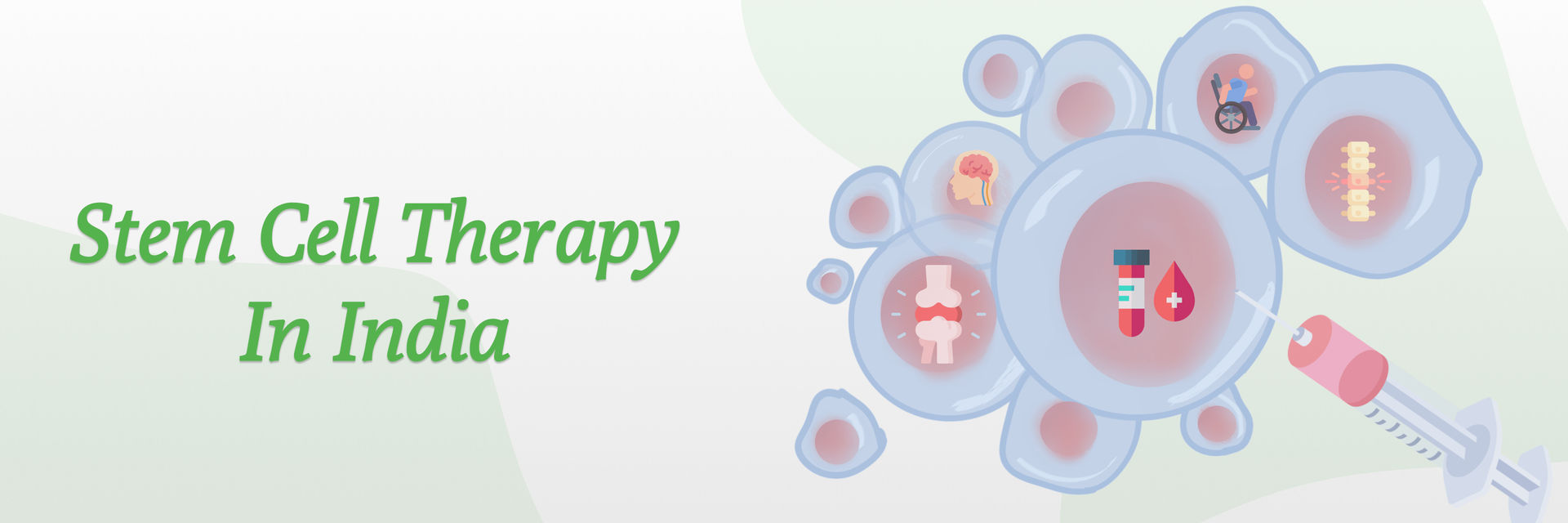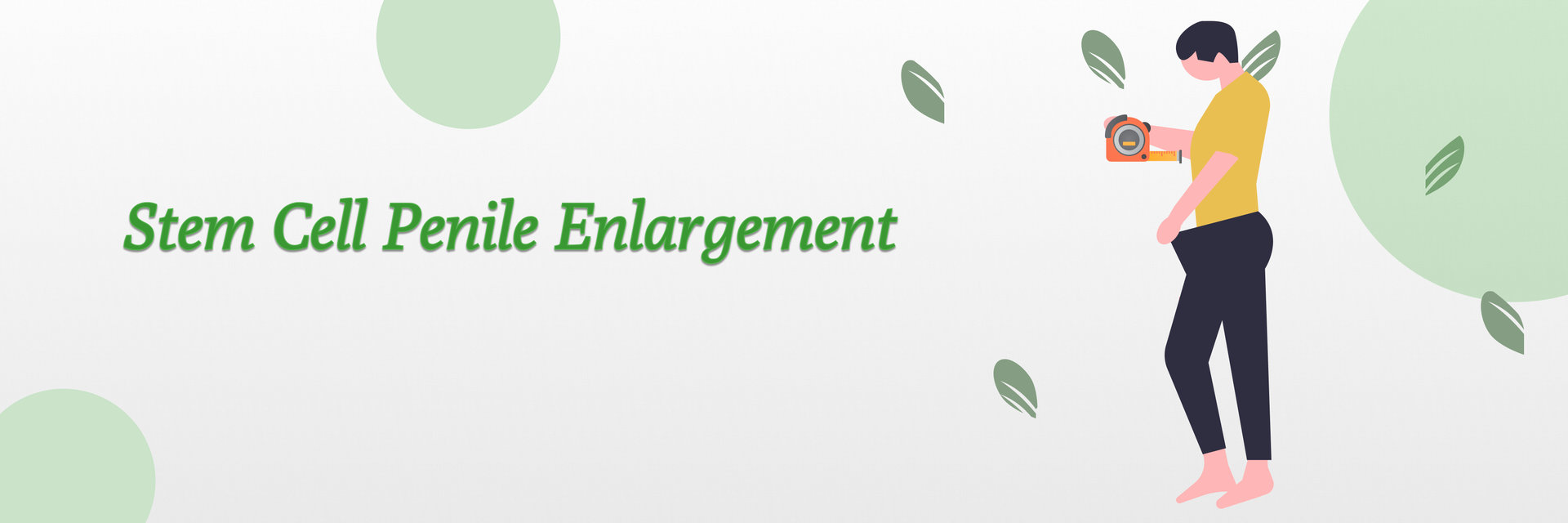Infertility affects a large part of the global population. WHO estimates that approximately 17.8% of couples, or roughly 1 in 6 couples, experience infertility worldwide. This statistic emphasises the critical need for advanced treatment options. A report from India highlighted that 50% of infertility cases result from reproductive diseases in men, while 25% are categorized as unexplained infertility with no clearly defined etiology. The male factor contributes to approximately 23% of infertility cases in Indian couples seeking treatment.
Stem cell therapy is being viewed as a promising approach for treating male infertility. Due to its self-renewal and differentiation capabilities, stem cells offer new treatment possibilities. Many stem cell institutes and healthcare experts worldwide recommend this approach. This article delves into the intricacies of stem cell therapy for male infertility, examining current progress, FDA approval status, and the potential it holds for future treatments.
Understanding Male Infertility

Male infertility can be attributed to various factors, including hormonal imbalances, genetic defects, lifestyle factors, and environmental influences. The primary causes include:
- Low sperm count: A condition known as oligospermia, where sperm count is below normal.
- Poor sperm motility: Reduced movement of sperm, affecting its ability to reach and fertilize the egg.
- Abnormal sperm morphology: Irregular shape and structure of sperm, hindering its function.
- Blockages in reproductive organs: Obstructions that prevent the delivery of sperm.
- Azoospermia: Affecting about 1% of men and up to 20% of male infertility cases, azoospermia involves the absence of sperm in semen.
Traditional Treatments for Male Infertility
Traditional treatments for male infertility range from medication to surgical interventions. Common approaches include:
- Medications: Hormonal treatments to address imbalances or infections.
- Surgery: Procedures to correct blockages or varicoceles (enlarged veins within the scrotum).
- Assisted reproductive technologies (ART): Techniques such as in vitro fertilization (IVF) and intracytoplasmic sperm injection (ICSI).
While these treatments offer varying degrees of success, they do not address the root cause in many cases, leading to the exploration of innovative approaches like stem cell therapy.
Let’s see how stem cells can unlock the future of male fertility treatments.
How Does Stem Cell Treatment Work for Male Infertility?
Stem cell therapy is a promising approach for treating certain male infertility issues, particularly those linked to defective spermatogenesis, which contributes to 25-50% of cases. Stem cell therapy for male infertility focuses on regenerating damaged or dysfunctional reproductive cells and tissues. The primary strategies include:
- Spermatogonial Stem Cells (SSCs): SSCs are responsible for sperm production. Transplanting healthy SSCs can potentially restore spermatogenesis in infertile males.
- Mesenchymal Stem Cells (MSCs): MSCs have anti-inflammatory and regenerative properties. They can be used to repair damaged testicular tissue and improve sperm quality.
- Induced Pluripotent Stem Cells (iPSCs): iPSCs are derived from adult cells reprogrammed to an embryonic-like state. They can potentially be differentiated into SSCs or other necessary cells for sperm production.
Want to know how stem cells work for male infertility from our experts - schedule your appointment now.
Is male infertility stem cell therapy FDA Approved?
As of now, stem cell therapy for male infertility is not fully approved by the FDA. The regulatory landscape is complex due to the novel nature of the treatment and the need for extensive clinical trials to establish safety and efficacy.
Is Stem Cell Safe for Male Infertility Treatment?
Stem cell therapy is a new and developing field in medicine. It shows promise for helping with male infertility, but it's still mainly in the testing phase and not widely used yet.
Here are some important things to know:
- Experimental Stage: Many stem cell therapies for male infertility are being tested in studies or clinical trials.
- Safety Concerns: Like any medical treatment, stem cell therapy can have risks. These include immune system reactions, the chance of infections, and the possibility that the cells might change unexpectedly.
- Ethical and Regulatory Issues: Using stem cells from embryos can raise ethical questions and face legal restrictions in many places.
- Varies by Person: How well stem cell treatments work can differ depending on what's causing the infertility.
It's also a good idea to look at other well-established treatments for male infertility, such as medication, surgery, or assisted reproductive technologies like in vitro fertilization (IVF).
Although stem cell therapy holds promise, do approach it with caution. Rely on evidence and expert medical advice.
How Stem Cell Therapy Works for Different Types of Male Infertility?
Let's look at the advantages of stem cell therapy:
Stimulating Sperm Production:
- Stem cells can differentiate into sperm-producing germ cells, which may help with low sperm counts and impaired sperm production.
- Studies show that transplanted stem cells can multiply significantly, supporting their use in sperm production and potentially benefiting men, transgender, and non-binary individuals with fertility issues.
Testicular Tissue Regeneration:
- Stem cells can repair damaged testicular tissue, which is useful for those affected by chemotherapy or radiation.
- Stem cell therapy is being explored to develop sperm in those with azoospermia.
Erectile Dysfunction:
- Erectile dysfunction leads to impotence. Promising results have been seen in cell-based and animal studies with ongoing human research.
Sexual Dysfunction:
- Treatments involve injecting mesenchymal stem cells, taken from the patient’s bone marrow, into the penis via the cavernosal arteries to help with sexual dysfunction.
Oligospermia:
- Oligospermia, a condition marked by low sperm count, is treatable with stem cell therapy, which has shown high success rates.
Hormonal Regulation:
- Stem cells may help regulate hormonal balance in the male reproductive system, addressing hormonal imbalances contributing to infertility.
Reduced Risk of Rejection:
- Autologous stem cell treatments, which use the patient’s stem cells, lower the risk of immune system rejection.
Despite promising potential benefits, we understand that it is still experimental.
Take charge of your reproductive health- get in touch with us now for personalized treatment options.
Who is a suitable candidate for stem cell treatment for male infertility?
Stem cell therapy for male infertility is an emerging treatment that may not be suitable for everyone. Determining eligibility requires a comprehensive evaluation by a medical professional. Generally, suitable candidates include:
- Men with Non-Obstructive Azoospermia: Those who do not produce sperm due to a lack of spermatogenesis, often resulting from genetic factors, hormonal imbalances, or previous medical treatments.
- Men with Testicular Damage: Individuals whose infertility is caused by physical damage to the testicles due to trauma, surgery, or radiation therapy.
- Men with Low Sperm Count or Poor Sperm Quality
- Failed Conventional Treatments: Men who have not responded to traditional treatments such as hormonal therapy, surgery, or assisted reproductive technologies (ART) might consider stem cell therapy.
- Genetic Conditions: Some men with genetic conditions affecting sperm production may be suitable candidates, though this depends on the specific condition and its severity.
- Overall Health: Candidates should have good overall health, as underlying medical conditions might complicate the therapy or reduce its efficacy.
It's important to note that while stem cell therapy holds promise, it is still in the experimental stages, and patients should have realistic expectations regarding the outcomes. A thorough consultation with a fertility specialist knowledgeable about stem cell treatments is essential for assessing their suitability and understanding the potential risks and benefits.
Can Stem Cell Treatment Prevent Genetic Causes of Male Infertility?
Stem cell treatment has potential but is limited in preventing genetic causes of male infertility:
- Addressing Genetic Defects: Stem cells can regenerate or repair tissues affected by genetic issues, potentially restoring sperm production.
- Gene Editing Potential: Combining stem cell therapy with gene editing (like CRISPR) could correct genetic mutations in stem cells before use, but this is still experimental.
- Inherited Conditions: Stem cell therapy does not eliminate the risk of passing genetic defects to offspring. Pre-implantation genetic diagnosis (PGD) during IVF can screen embryos for genetic conditions.
- Current Limitations: Stem cell therapy is in the experimental stages and cannot yet universally prevent genetic infertility. Ongoing research and clinical trials are necessary to establish its efficacy and safety.
Disclaimer
Stem cell therapy offers promising hope for the treatment of many diseases, including neurological and autoimmune conditions. However, it is important to note that most of these treatments are currently under clinical trial and have yet to receive FDA approval. The success rates mentioned are based on ongoing clinical trials. This blog is for informational purposes, and we are not promoting stem cell therapy. Individuals should consult with qualified healthcare professionals to discuss potential risks and benefits.
References:
https://www.who.int/news/item/04-04-2023-1-in-6-people-globally-affected-by-infertility
https://www.webmd.com/infertility-and-reproduction/azoospermia-causes-treatment






